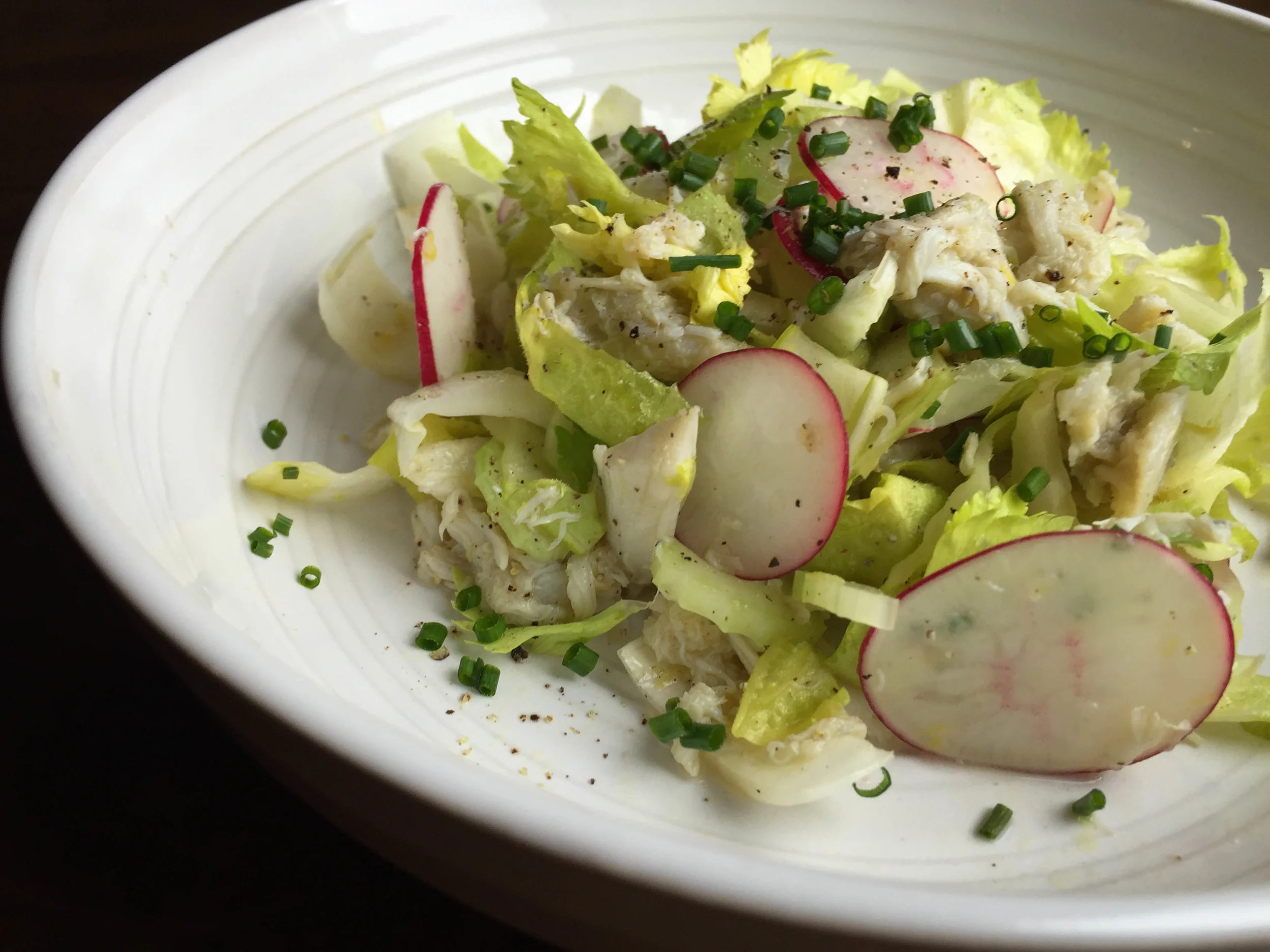My friend Jenni has an incredible flair for entertaining. Talk about making things look effortless: You can arrive for a dinner invitation at Jenni's at 7, and she'll just be walking in after a day at the office, bags of groceries in tow. You think: Did I get the day wrong?
You didn't. She just doesn't fret about doing everything (or anything!) in advance. It'll be 10 p.m. before we eat, you think. And then whooosh!!! – Jenni goes into action, chopping onions, tearing lettuce, tossing things in a pan. Here, you slice the zucchini; I'll do the garlic. Out on the counter goes a fat, oozy burrata, a slick of olive oil, some pesto and prosciutto, crusty bread. Wine corks pop. Flowers land in a vase. Everyone's nibbling, and sipping, and laughing. Somehow before you know it, you're at the table – and wowed by what's before you. A butterflied leg of lamb strewn with rosemary branches. A spectacular salad, grilled asparagus, roasted potatoes. How did she do this? (She shares her delicious secrets at her blog, Jenni's Table.)
Jenni and her husband Philip are from South Africa; we met through our kids when we all lived in L.A. (Wylie and their son, Max, were playing on opposing baseball teams, and we moms got to talking in the bleachers.) Now they live in London, which is where her family's originally from. Every couple of years we have a reunion in Southwest France, where Jenni's mom has a house, not far from Thierry's family. There we cook out of the garden, bake the orchard into pies. Sisters show up, and their husbands. Everyone's happy in the kitchen. Joy camps out in the garden. We always eat outside.
One of those crazy marvelous evenings at Jenni and Philip's house in the hills of L.A., Jenni whipped up a gorgeous, dramatic dessert: a magnificent Pavlova piled with whipped cream, smothered in berries from the farmer's market and strewn with pistachios. She must have made the Pavlova shell – a giant cushion of French meringue – that morning. Or maybe she'd snuck home at lunchtime, who knows.
Anyway, impressive as it looks – the thing makes a pretty incredible statement! – it's actually very easy to put together, more time (unattended in a slow oven) than effort. And once you know how to make a Pavlova shell – the base of it – you have the perfect vehicle on which to show off all kinds of summer fruit: ripe peaches, plums and nectaries; macerated apricots with toasted sliced almonds; peaches tossed with blackberries – even something like mango and roasted pineapple showered with grated toasted coconut. Curiously, the Pavlova isn't South African or British; it's Australian, named for the Russian ballerina Anna Pavlova, as the story goes, after one of her tours through Australia. (It may possibly have been invented in the U.S., however.)
Egg whites and sugar whipped to stiff peaks
But let's get to the important part: how to make one. To create the shell, whip room-temp egg whites till they hold soft peaks, then gradually add sugar, and continue whipping till they hold stiff peaks; whip in vanilla.
The Pavlova, ready to go into the oven
Spoon the meringue into a thick circle on a parchment-lined baking sheet, and make a slight depression in the center with a spoon (just so the edges are slightly higher than the center). Put it in a 350-degree oven and immediately turn down the temp to 300. Let it bake for an hour and a half, then open the oven door and let it cool like that. Nothing to it! It'll look all craggy and rough.
The Pavlova shell: ready to dress up!
But those cracks and crags are just the thing for catching the whipped cream and berries and juices you'll pile on top.
Jenni tossed berries in sugar and added a spoonful of Banyuls vinegar – very French (and hard to argue with). Lately I've tossed them in Grand Marnier. Whip up a pint of cream and mound it on top. Spoon on those juicy berries and scatter toasted chopped pistachios over them. Or leave out the nuts and fold some chopped fresh mint in the berries. Riffing is encouraged! The Pavlova itself is easy and forgiving, crisp on the outside, like a cloud inside. When you eat it, you swim through a whirl of textures and tastes, cool and creamy and pillowy-crunchy, all bright and sweet and juicy.
Ready for the recipe? Here you go . . .
It's a summer fruit game-changer, for sure.
























